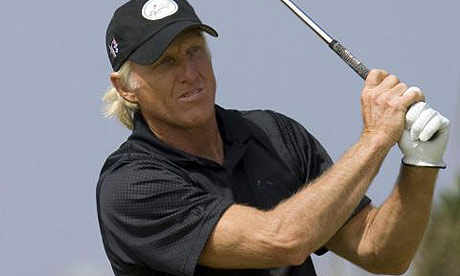“I understand what you are saying.”
/Adam Schupak says that the USGA's Dick Rugge visited Liberty National to take in the lovely architecture to let Phil Mickelson vent about the latest turn in the grooves saga.
For 45 minutes, Rugge and Mickelson stood in the middle of the putting green, nearly toe-to-toe, and engaged in a wide-ranging – at times, animated – but cordial discussion.
Rugge termed it a “pleasant conversation” but would not reveal specifics.
But much of it could be overheard easily. Mickelson, speaking with conviction, expressed his disappointment with the USGA’s recent ban of his prototype irons, his concern that the 64-degree wedge could be banned in the future and his view that this wasn’t good for golf on a global scale.
And...
Rugge repeatedly answered Mickelson by saying, “I understand what you are saying.”
I suppose that was better than, "thanks you sir, may I have another."













